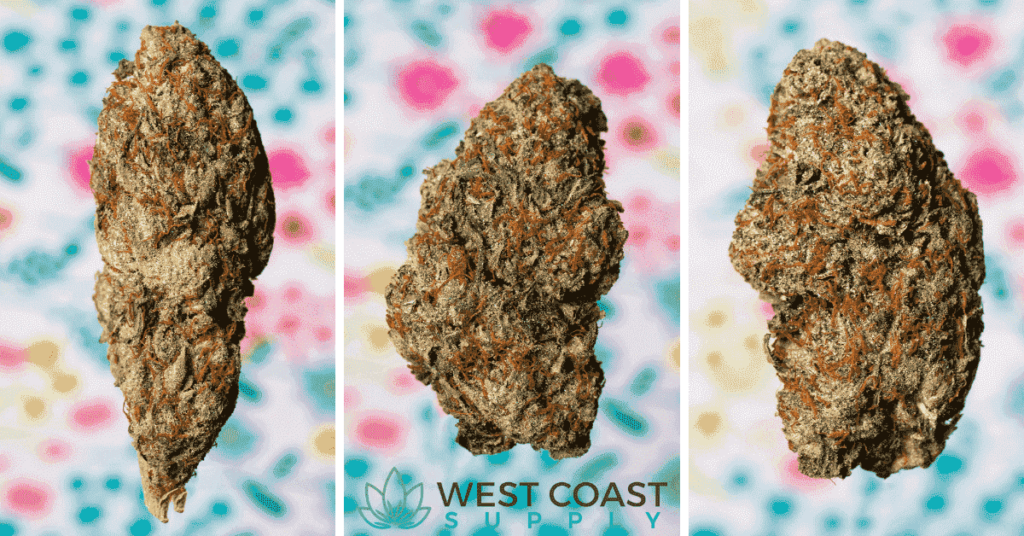Marijuana Effects depending on the strain
At present, around 9,000 separate varieties of cannabis have been recorded. Each differs in appearance, size, color, taste and effect.
There are tall and short plants, thick and thin ones too. Some taste sweet while others taste sour. Moreover, there are different amounts of THC in different kinds of plants: some contain much THC, which is a psychotropic substance, and the others have low level of THC.
Every strain has its own properties that may be useful for this or that condition of a person’s well-being: one provides calmness, another gives additional forces, and the third one relieves pain. The observed effects are usually key factors in determining a particular type of strain whereby some are known to work effectively against certain disorders such as anxiety while others offer comfort or ease in case of pain-related symptoms.
What are the marijuana effects?
Cannabis can be experienced in two forms: the psychoactive and the non-psychoactive. The psychoactive effect is otherwise known as the “high effect.” There are those varieties that can enhance the head high making one be in a state of joy, calmness and having no worries while others are better for inducing the body highs such that one feels like his or her body is heavy and sluggish. Additionally, there are types which help relieve stress, increase focus or attention span and enhance creativity.
In case an individual inhales or ingests any other marijuana-related drug meant for fun, he or she will experience a “high” feeling. The reason behind this effect is the presence of THC (tetrahydrocannabinol), a compound found in cannabis plant which gives rise to the psychoactive effects in marijuana users. Once enough amounts of this chemical find way into the bloodstream and then bind onto particular receptors located in the human brain, they cause some distortion on the user’s perception systems.
- Euphoria and Relaxation: The feeling of relaxation, happiness or a state of euphoria is among the popularly known marijuana effects. Users commonly describe a sense of relaxation, joy, or well-being. THC, working on the brain’s reward system, is mostly responsible for this impact.
- Distorted Perception: Marijuana may change how users see things, including the way they see time passing, colours, noises, or food flavour. Some individuals might have intensified sensory experiences whereas some could experience time-space distortion.
- Increased Appetite: Frequently called as “munchies”, marijuana use may enhance appetite. This effect is especially linked with THC and explains why medical cannabis may be given to cancer patients who are going through chemotherapy as well as people diagnosed with eating disorders.
- Effects on Thinking: Amog marijuana effects – changes in cognitive abilities like thinking, remembering, concentrating and deciding. It is normal to experience problems with short term memory in marijuana and its derivatives consumption.
- Pain and Inflammation Relief: Both THC and CBD products act as analgesics. Medical marijuana is widely used for easing chronic pain linked to diseases like arthritis, multiple sclerosis, neuropathy.
- Relief from Nausea and Vomiting: Marijuana especially containing THC can reduce vomiting and nausea thus being helpful to cancer patients undergoing chemotherapy as well as those having HIV/AIDS related conditions.
What Makes Strain Effects Unique?
A weed strain can be determined by how it affects a person. Stated differently, the uniqueness of a given type of hemp depends on its impact on the consumer. These include:
– The impact the herb has on the user.
– Whether the herb is medicinally potent or it’s just a natural herb.
– Cultivation methodology.
– Processing techniques.
– Inclusion of chemotherapeutic agents in the strain (commonly used for cancer treatment).
– Origin of the plant.
– If the strain has been “tripped out” – that is, made using some very strong marijuana that was then weakened in strength so as the herb remains very good but not too difficult to manage.
Several elements make up a unique profile of a cannabis strain:
Cannabinoid content:
There are several cannabinoids found in marijuana plants, and these are responsible for various impacts after they come into contact with the body’s internally generated endocannabinoid system. A crucial attribute is the cannabinoid profile of a strain, which refers to how much THC, CBD, and other cannabinoids are present. For instance, a strain that contains high amounts of THC but lacks CBD may be very intoxicating as compared to a variety that has a CBD to THC ratio of 2:1 which is also described as being relaxed, less intense and intoxicating.
Terpene content:
Cannabis terpenes are important compounds that work together with cannabinoids and other molecules found in cannabis plant to generate smell, taste while some affect psychoactivity. With more than two hundred terpenes being generated by marijuana, each kind having unique composition and amounts of terpenes determining it. As a result, different varieties may be characterized by diverse flavors, smells, or marijuana effects.
Environmental variables:
The cultivation of environmental factors like soil nutrients may influence the terpene and cannabinoid profiles. To be precise – a given marijuana variety may exist in dissimilar forms when grown under various environmental conditions.

